1. Introduction to Layer Hen Cage
Layer Hen Cages are specially designed housing systems that provide a safe, efficient, and manageable environment for laying hens in commercial poultry farming. These cages help maximize production efficiency by optimizing space utilization, improving egg collection, and enhancing the overall health and welfare of hens.
With the rapid growth in global egg demand, poultry farms increasingly adopt modern layer hen cages to streamline operations, reduce labor costs, and improve biosecurity. The cages facilitate better management practices, disease control, and high egg quality, making them an indispensable part of contemporary poultry farming.
Modern layer hen cages vary in size, tier configuration, and automation level, ranging from basic single-tier systems to complex multi-tier automated systems with feeding, watering, and egg collection mechanisms.
This detailed guide explores the technical specifications, key features, benefits, typical applications, proper usage, and frequently asked questions related to layer hen cages, providing comprehensive knowledge for poultry farmers, suppliers, and industry stakeholders.
2. Technical Parameters of Layer Hen Cage
Material | Galvanized Steel or Stainless Steel |
Cage Dimensions | Width: 60-80 cm; Depth: 40-50 cm; Height: 40-50 cm |
Number of Tiers | 1 to 6 tiers, customizable |
Capacity per Cage Unit | 3 to 8 hens depending on cage size and welfare standards |
Wire Mesh Diameter | 1.8 mm to 2.5 mm |
Coating | Hot-dip galvanization or PVC coating |
Feeding System | Manual trays or automated feeders |
Watering System | Nipple drinkers or troughs |
Egg Collection | Manual collection trays or automatic egg belts |
Manure Removal | Removable manure trays under cages |
Weight Capacity | Typically 10-15 kg per cage unit |
Installation | Modular design for easy assembly and scalability |
3. Features of Layer Hen Cage
3.1 Optimized Space Efficiency
Layer hen cages enable vertical stacking in multi-tier arrangements, maximizing the number of hens housed per square meter, which is vital for large-scale operations.
3.2 Robust and Durable Construction
Made of galvanized or stainless steel, these cages resist corrosion, rust, and wear, ensuring long-term durability in various environmental conditions.
3.3 Easy Sanitation and Maintenance
Smooth wire mesh surfaces combined with removable manure trays facilitate quick cleaning and reduce the risk of bacterial and parasitic infestations.
3.4 Enhanced Biosecurity and Disease Control
Isolating hens in cages reduces direct contact, limiting the spread of diseases within flocks.
3.5 Integrated Feeding and Drinking Systems
Automated feeders and nipple drinkers provide consistent feed and clean water, improving hen health and reducing labor.
3.6 Efficient Egg Collection Systems
Automatic egg belts or manual collection trays ensure eggs are harvested quickly, minimizing breakage and contamination.
3.7 Manure Management
Manure trays placed under cages collect droppings efficiently, preventing contamination of hens and eggs, and facilitating manure disposal or recycling.
4. Advantages of Layer Hen Cage Systems
4.1 Increased Egg Production
Controlled environment and efficient resource allocation improve laying rates and feed conversion ratios.
4.2 Labor and Cost Efficiency
Automation and modular design reduce labor needs and allow easy expansion as farm operations grow.
4.3 Improved Animal Welfare (When Properly Managed)
Providing adequate space and environmental control contributes to healthier, less stressed hens.
4.4 Superior Egg Quality
Reducing contact between eggs and manure or damaged surfaces ensures cleaner, high-quality eggs.
4.5 Space-Saving Solutions
Multi-tier cage systems optimize vertical space, lowering land usage and infrastructure costs.
4.6 Easier Farm Management
Monitoring, feeding, watering, and egg collection become streamlined, improving operational efficiency.
5. Application Scenarios of Layer Hen Cage
5.1 Commercial Egg Production Facilities
Ideal for high-volume egg production with standardized processes.
5.2 Small to Medium Poultry Farms
Modular cages allow gradual investment and scaling according to farm size.
5.3 Research and Breeding Centers
Provide controlled environments for scientific study and selective breeding.
5.4 Organic and Conventional Farming
Can be adapted to comply with specific regulations or welfare standards.
5.5 Export-Oriented Egg Production
Ensure product quality and compliance with international standards.
6. Usage Instructions for Layer Hen Cage
6.1 Installation Guidelines
Select a well-ventilated, sheltered location with appropriate lighting.
Assemble cages securely following manufacturer instructions, ensuring tier stability.
Install feeding and watering systems to be accessible and efficient.
Position manure trays and egg belts properly for easy maintenance.
6.2 Stocking and Bird Management
Follow recommended stocking densities (typically 450-500 cm² per bird).
Introduce pullets gradually and monitor for stress or aggression.
Maintain consistent feed and water supply.
Observe bird health daily and isolate ill birds promptly.
6.3 Feeding and Watering Practices
Use quality feed matched to bird age and production stage.
Clean feeders and drinkers regularly to avoid contamination.
Maintain water quality and supply through nipple drinkers or troughs.
6.4 Cleaning and Hygiene
Remove manure trays daily or as recommended.
Sanitize cages and equipment periodically.
Maintain clean surroundings to prevent pests and pathogens.
6.5 Egg Collection
6.6 Maintenance and Safety
Inspect cages regularly for damage or corrosion.
Repair or replace components as necessary.
Train staff in safe handling and biosecurity protocols.
7. Frequently Asked Questions (FAQs)
Q1: How much space is recommended per layer hen?
A1: Approximately 450-500 cm² per hen is standard, balancing welfare and productivity.
Q2: What materials are used for layer hen cages?
A2: Galvanized steel and stainless steel are common for durability and corrosion resistance.
Q3: Can layer hen cages be used for other poultry?
A3: They are primarily designed for hens but can be adapted for smaller poultry species.
Q4: Are automated feeding and watering systems necessary?
A4: Not mandatory, but highly beneficial for labor savings and consistent supply.
Q5: How often should manure be removed?
A5: Daily removal is recommended to maintain hygiene and prevent disease.
Q6: How long do layer hen cages last?
A6: With proper maintenance, cages last 10-15 years or more.
Q7: Are layer hen cages humane?
A7: Modern cages designed per welfare standards provide adequate space and comfort, though cage-free systems are gaining popularity.
Q8: Can layer cages be customized?
A8: Yes, sizes, tier numbers, and automation can be tailored to farm needs.
Q9: How do layer cages improve egg quality?
A9: By minimizing egg contact with feces and reducing handling, eggs remain cleaner and less damaged.
Q10: What are common problems with layer cages?
A10: Poor maintenance can lead to rust, disease outbreaks, or bird stress; regular care is essential.
8. Conclusion
Layer Hen Cages play a vital role in modern poultry farming, offering space-efficient, durable, and manageable housing solutions that improve productivity and animal health. Their design supports better biosecurity, easier feeding and watering, efficient egg collection, and manure management.
By understanding technical parameters, features, proper usage, and best management practices, poultry farmers can optimize their operations, increase egg production, reduce labor costs, and deliver high-quality products to the market.
Farmers and industry professionals should continuously monitor welfare standards and adapt cage systems to ensure ethical and sustainable production aligned with evolving consumer expectations.
Company Profile
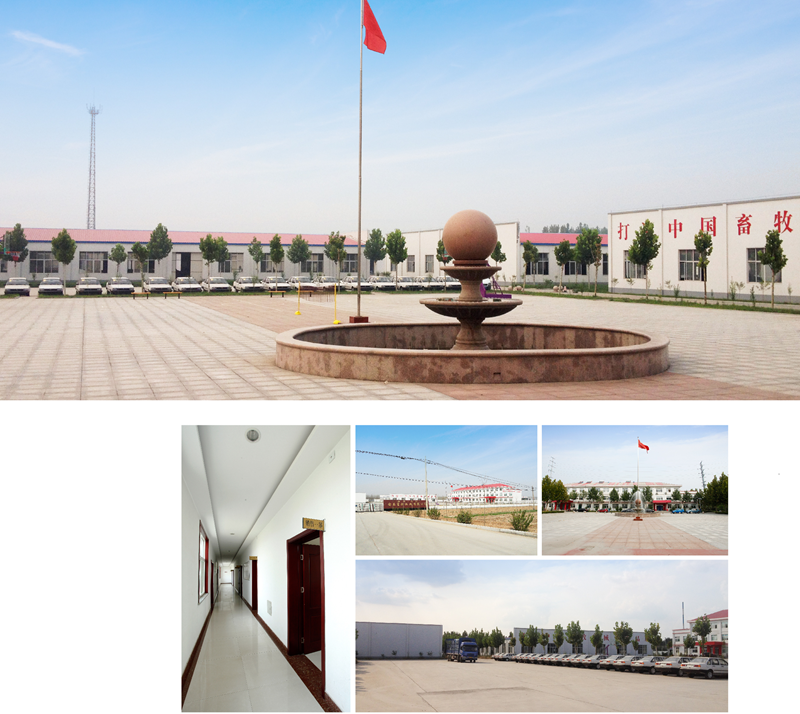
Shandong Huimin Qinle Livestock Machinery Co., Ltd. (formerly Shandong Huimin Qinle Livestock Machinery Factory) is a professional poultry equipment manufacturer with over 20 years of experience. We offer a comprehensive service package, from design (land and chicken coops), production (equipment and prefabricated steel coops), installation, commissioning, customer training, and after-sales service.
Located in Huimin County, Binzhou City, Shandong Province, China, the company has extensive experience in mechanical processing and manufacturing, as well as livestock machinery production and operation. With fixed assets of RMB 15 million, the company employs 160 people, including 30 R&D staff, and occupies a 40,000-square-meter factory. Equipped with over 110 pieces of advanced precision production equipment, including CNC machining centers and laser cutting machines, the company boasts a production capacity of RMB 50 million.
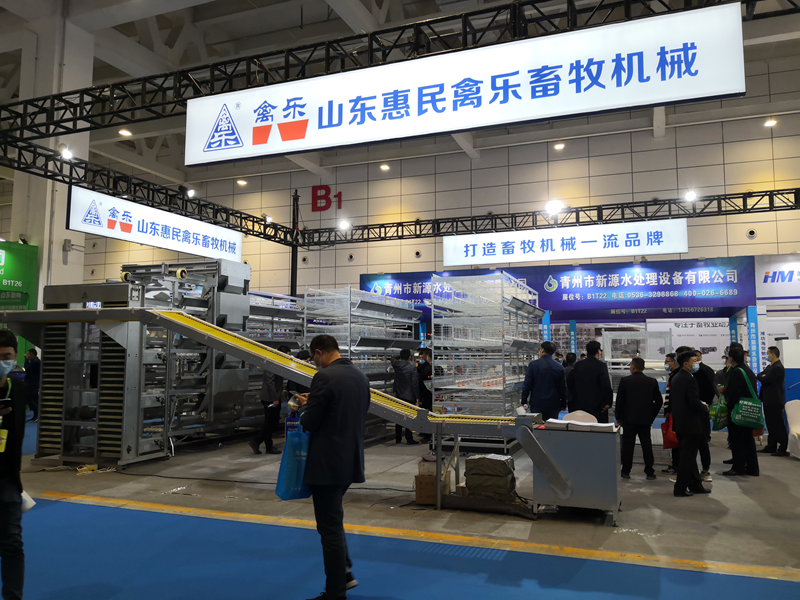


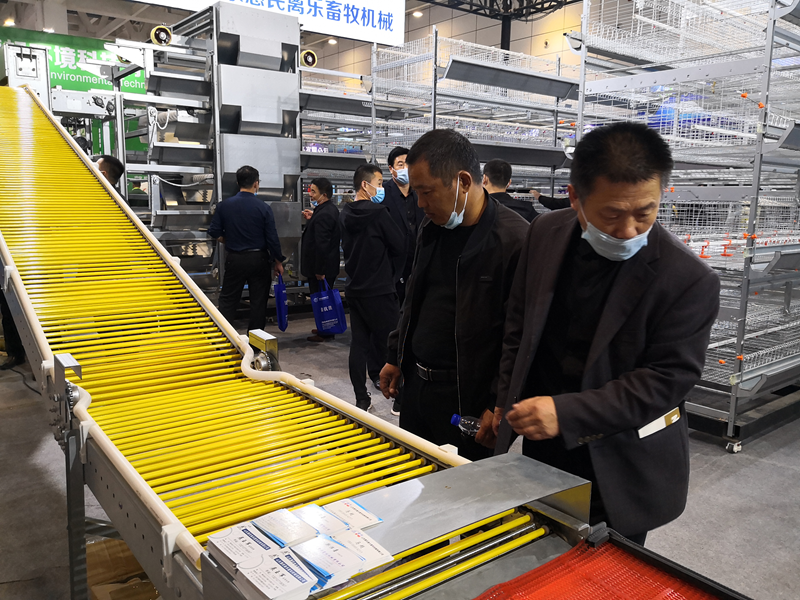
Chicken Farming Equipment Mesh Production Workshop

Machining Workshop

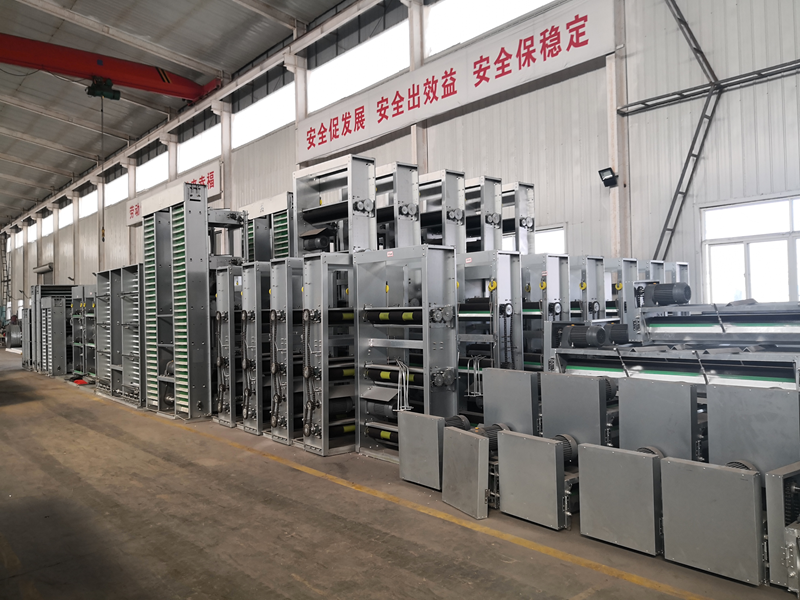
Turret-type CNC Punch Press, Laser Cutting and Other Machining Equipment



Fully Automated Roll Forming Production Line

Hot-dip Galvanizing Production Line

Electroplating Production Line

Environmental Protection Equipment

Chicken Farming Equipment Product Series
Egg-laying Hen Farming Equipment
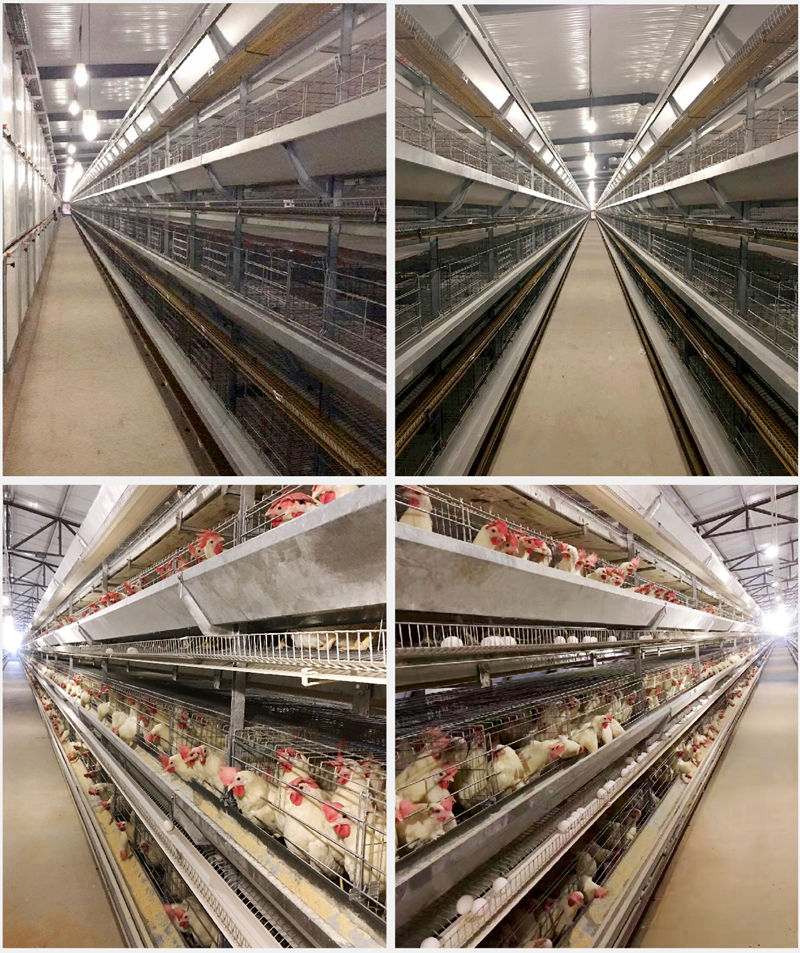
Stacked Brooding Cage Equipment

Stacked Broiler Cage Equipment
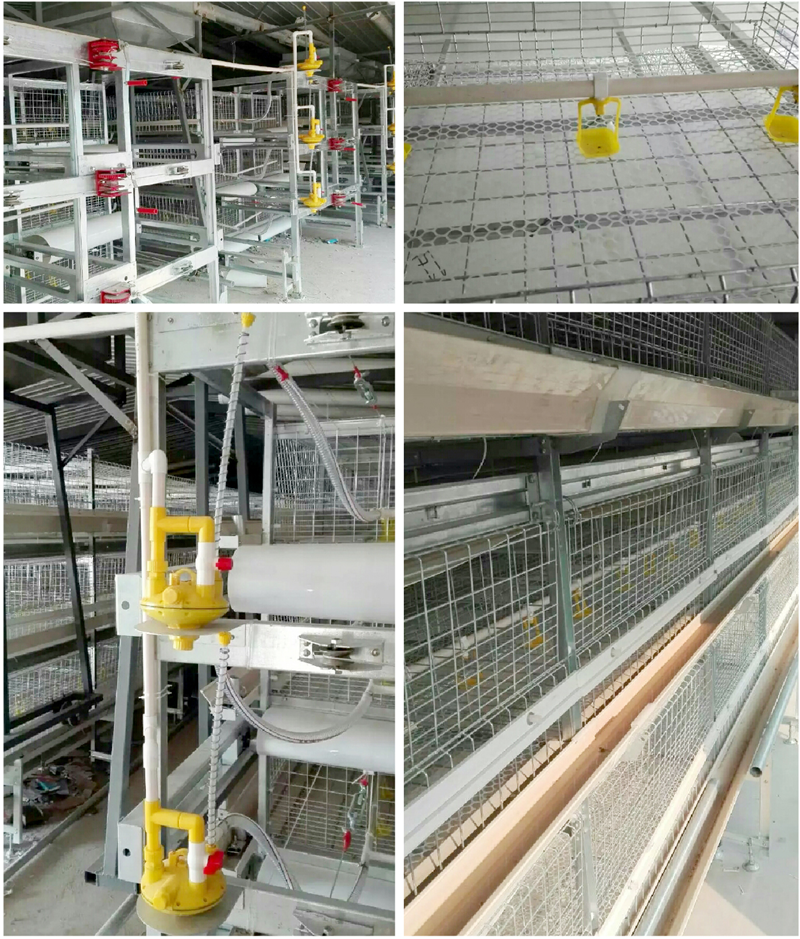
Stepped Layer Hen Cage Rearing Equipment
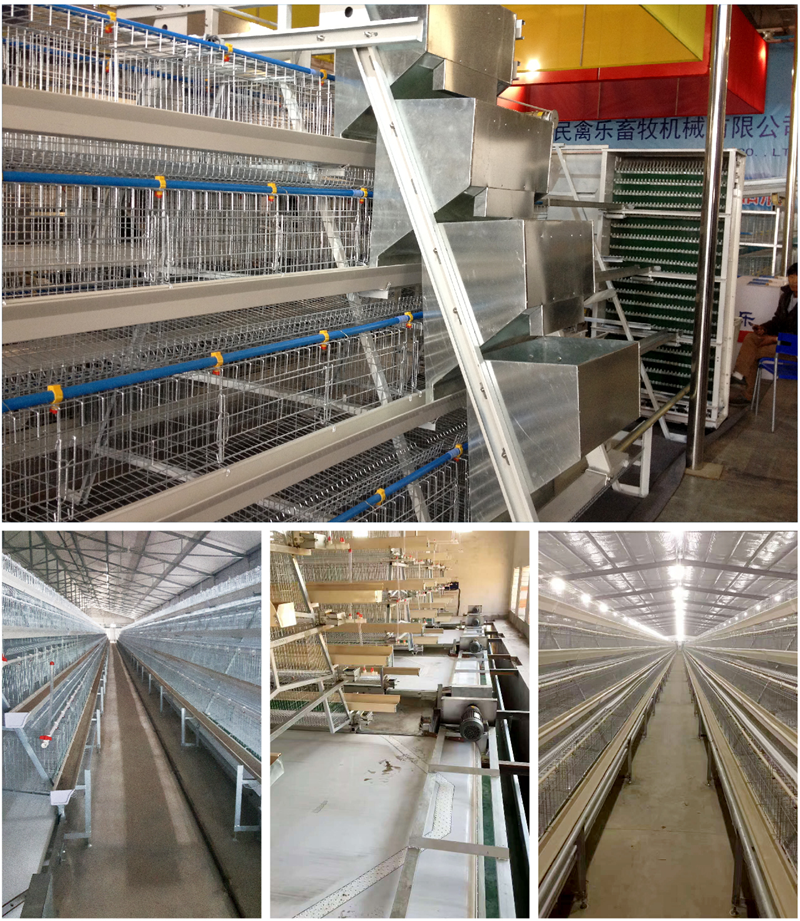
Automatic Egg Collection System

H-type Cage Feeding Machine
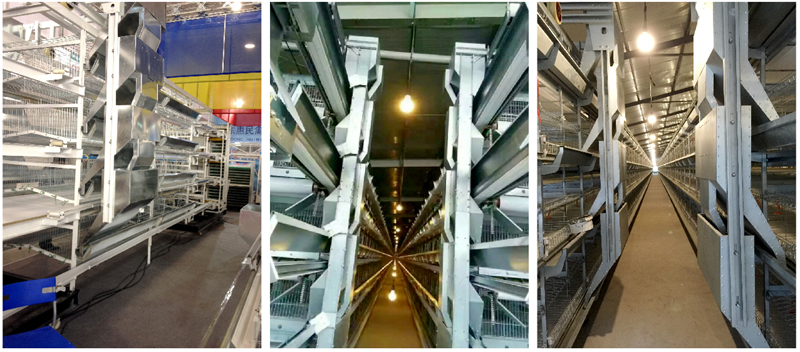
Stepped Cage Straddle Feeder
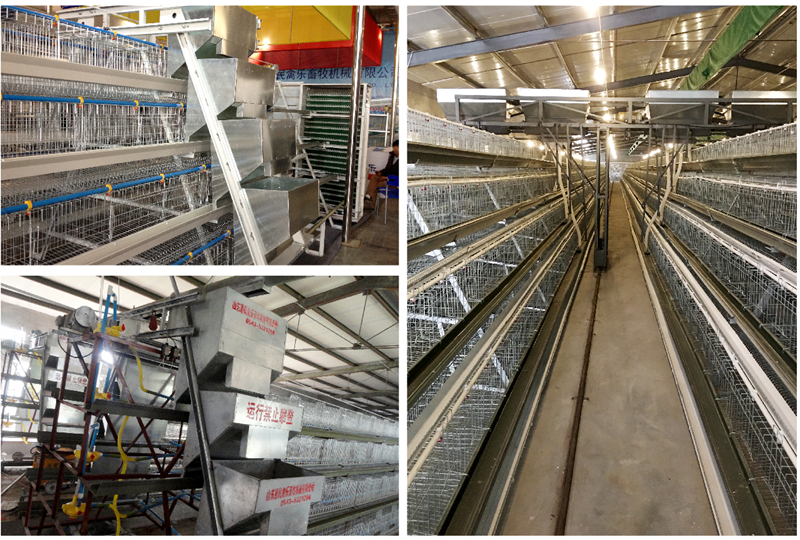
Manure Removal Machine

Fans, Heated Curtains, Environmental Control Systems, and Lighting Equipment
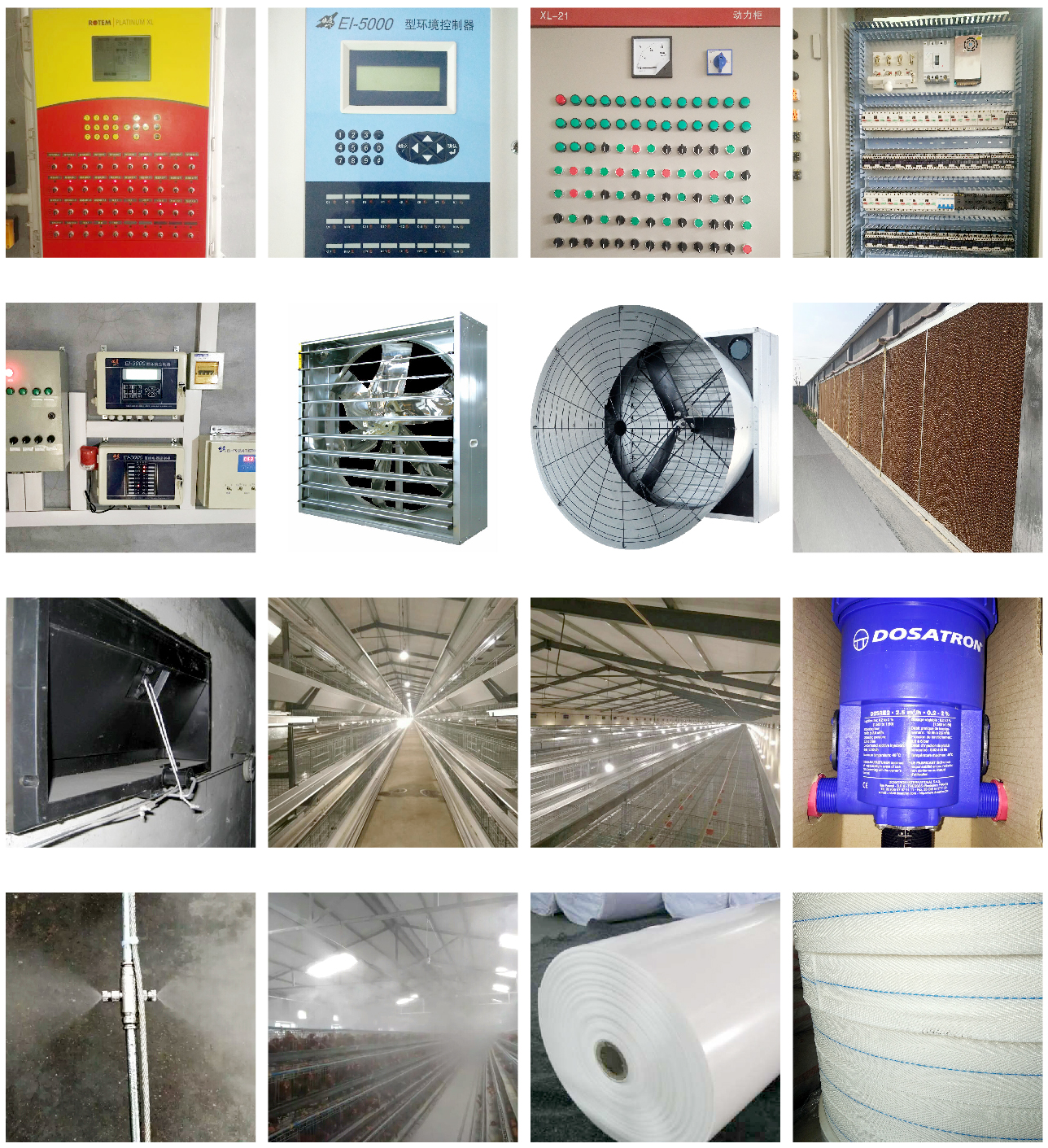
Complete Set of Equipment for Organic Fermentation Treatment of Manure


 Catalogue
Catalogue































 Whatsapp
Whatsapp Telefon
Telefon